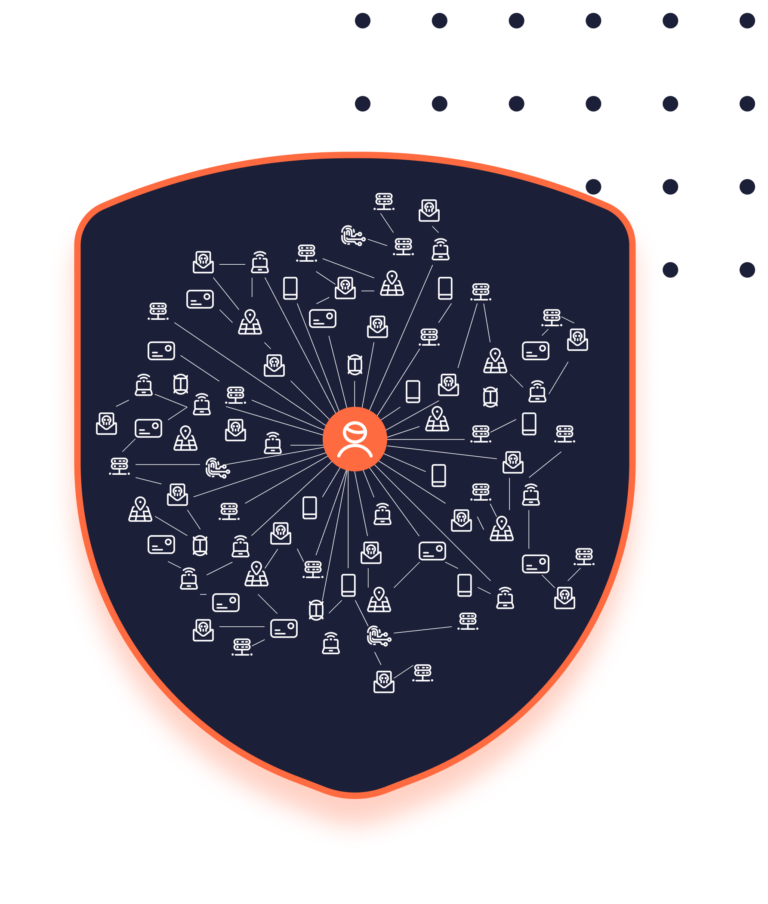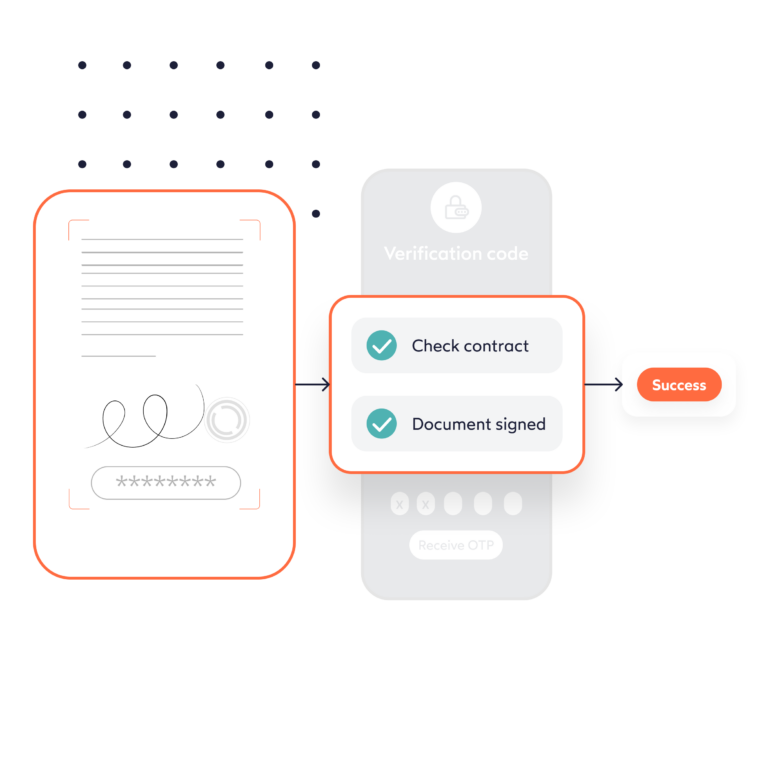What is Fake ID Fraud?
False identity documents have been around as long as identity documents have existed. Whether they are altered, forged, counterfeited or synthetic, fake IDs are used to get privileges that the user is not entitled to. Although popular among teenagers to buy age-restricted goods like alcohol and tobacco products, fake IDs are also used for more serious felonies like financial crime or identity theft. Forging or counterfeiting identification documents can also be used to facilitate the operations of terrorism, migrant smuggling, and human trafficking.
As fake IDs are often used to access age-restricted services, companies that are duped by fake IDs may face serious fines and sanctions for failing to prevent underage users from accessing their services. Fake IDs can result in different misdemeanors and felonies, such as the act of having, forging, counterfeiting, reselling or using someone else’s. Fines and sanctions differ but most countries consider forging or counterfeiting IDs as a serious crime that may involve jail time. Passports are the most targeted IDs, followed by national ID cards. On average, a fake passport costs €2,500 on the black market.
How does Fake ID Fraud work?
There are various ways to create fake IDs:
- Altered ID: An altered ID is an unauthorized modification of a genuine identification document, issued by a government agency. It can be altered physically, chemically or mechanically, in order to modify, erase or add identification elements. An alteration can also be an attack on visas or on a passport’s entry/exit stamps. An altered ID can also be called a forged ID;
- Blank stolen ID: In some cases, authentic documents are stolen from a governmental entity and are customized by an unauthorized person or organization (also referred as FOG – Fraudulently Obtained but Genuine document);
- Counterfeited ID: Counterfeiting is the act of making a copy of a genuine document. In this case, the document will be produced by the fraudster. A counterfeited ID will try to replicate the ink, paper type, laminate and security features (both electronic and chemically embedded), as well as personal information and photograph likeness;
- Camouflage or fantasy documents: Also called pseudo documents, these IDs have the appearance of an existing and official document, but without any legal value, as they are not issued by an existing or internationally recognized authority or State. Those documents can also use stamps and logos from countries or organizations that no longer exist or have been renamed;
- Synthetic ID: Synthetic identity is a type of fraud where the fraudster sources genuine personal information and combines it with fake information, to create a fictitious identity. They may also use genuine information with the fraudster’s photograph, in what is called Similarity Fraud or look alike frauds. Synthetic identity has been a growing type of fraud in recent years and especially in the U.S., as it is more difficult to detect.
How are fake/counterfeit ID documents detected?
Many people think that fake IDs can easily be spotted by simply running a blacklight over them. In some cases, when the ID is of poor quality, it can indeed be detected by this method even by the average person. However, since high-level criminals have now mastered sophisticated forging and counterfeiting techniques, well-crafted fake IDs are now very difficult to detect. Although physical checks may help to detect poor-quality ones, it should be just the first step in a thorough ID verification process:
- The rigidity and thickness of the ID may be different than the real one;
- Most ID documents have symmetrical rounded edges that cannot be split or peeled off using fingernails;
- The ID should not have any physical irregularities, such as bumps or ridges.
In addition, most IDs are protected by several security features, invisible to spot without assistance:
- Ultraviolet light features: UV light rays are one of the most common security features that help differentiate between a real ID and a fake one. It can be used to reveal a layered ghost photograph of the ID holder, or identification elements across the document;
- Near-Infrared features: NIR infrared wavelengths are often used in ID as a security feature through an embedded tag, invisible to the human eye and difficult to copy or capture through conventional devices;
- Microprint: Microprinting is another layer of security added to an identification document, where characters are printed in a way that magnification systems are required to read them;
- Holograms: Regarded as the paramount of document security, holographic techniques have evolved to a stage where they are now difficult to fully and effectively replicate. They therefore serve two functions: as a strong counterfeiting mechanism, and by means to detect fake identification more easily;
- Integrated chip: In most IDs, a readable microchip is integrated within a page, to allow the document to be controlled by a specific device.
Different non-destructive methods like alternate light sources, magnification, side lighting, or transmitted lighting can be used to detect fake IDs and potential evidence of alterations.
How to prevent fake ID fraud as a financial institution?
Individuals using fake IDs can cause significant damage to a company’s financial health, reputation and integrity. Financial institutions must therefore protect themselves against this type of fraud and have different deterrents in place. Several actions and mitigating schemes can be implemented to reduce the risks posed by fake IDs:
- Training and awareness: An agent trained in spotting fake IDS should be part of the onboarding process. If they conduct these activities manually and in person, they must be provided with the means to efficiently control IDs submitted to them;
- KYC processes: The implementation of robust KYC processes, combining various layers of security and identification techniques (AI-based, live detection, etc) can drastically reduce fake ID fraud. Capturing high-quality images of the IDs and passing them through IA-detection systems is another step in mitigating this type of fraud. Perhaps most importantly, KYC processes assess users’ legitimacy and limit business risks, especially when the institution uses top notch KYC technologies;
- Setup and communicate on alert mechanisms: Whenever targeted by impostors, a reporting mechanism and process should be in place. As such, internal communication between collaborators should be conducted to raise awareness.
ID Fraud Report 2022—Identities in a digital-first world




